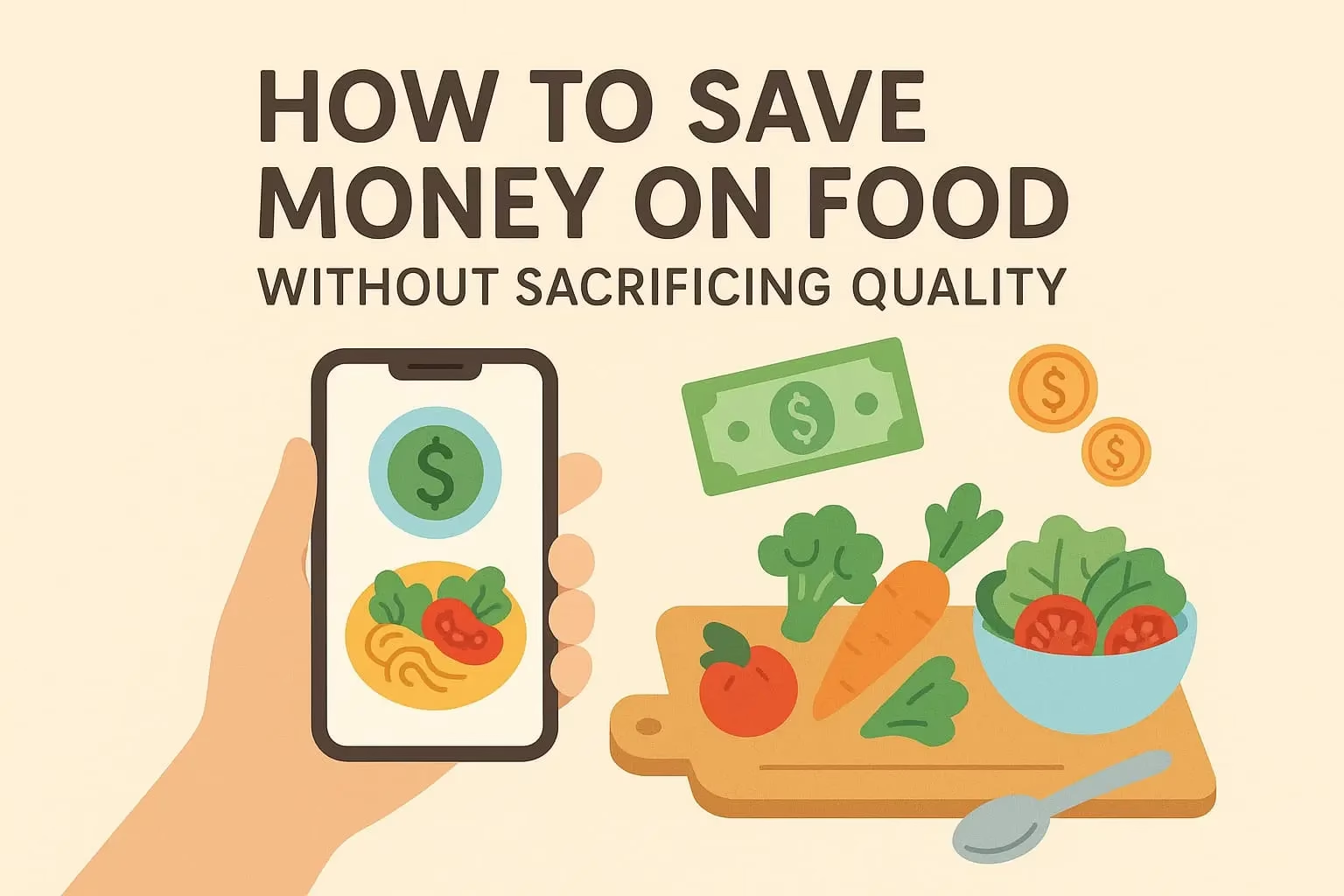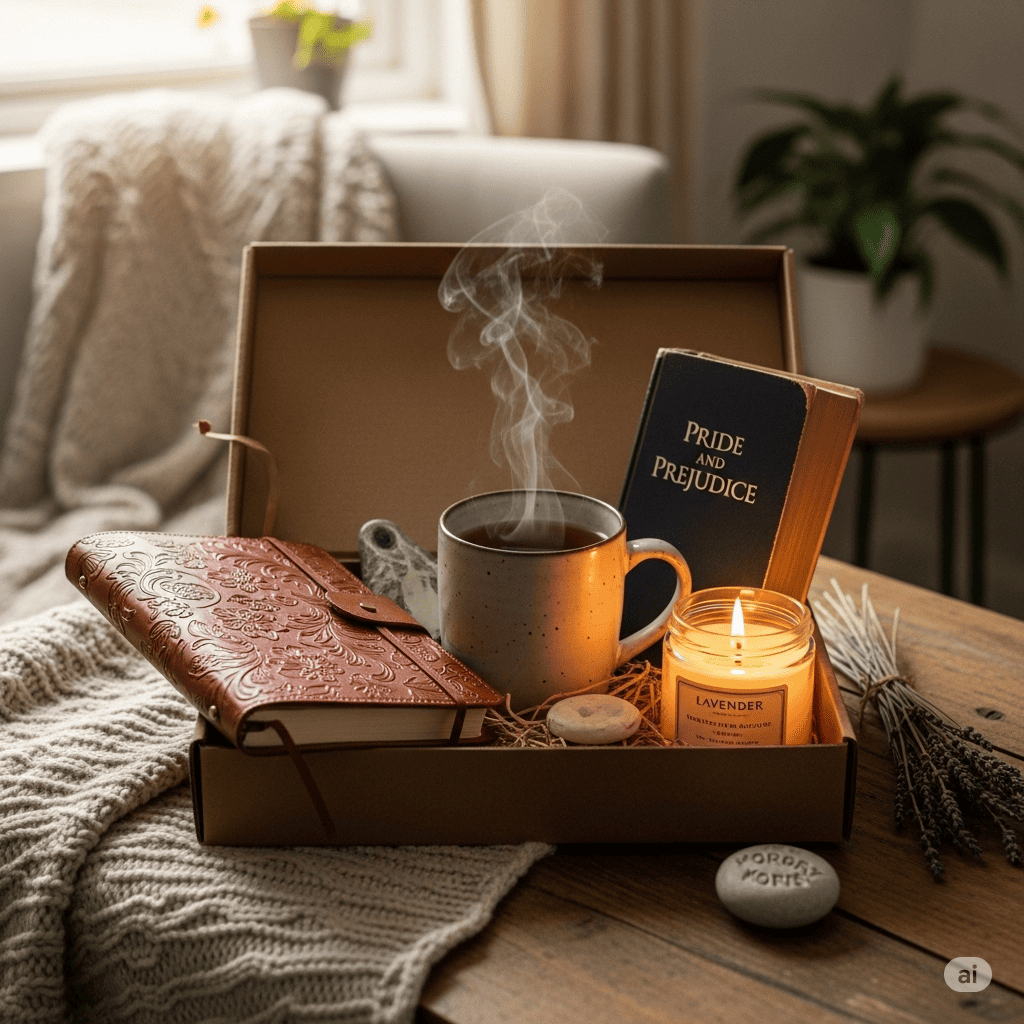When most people think of self-care, they imagine bubble baths, journaling, or eating nourishing meals. These are all beautiful practices — but there’s something deeper, more foundational, that often gets overlooked:
Emotional safety.
Without emotional safety, even the best self-care routines won’t fully land. Your nervous system stays on edge, your body doesn’t trust you enough to rest and your mind continues to spin in loops of fear, shame, or self-doubt.
In this article, we’ll explore why emotional safety is essential for any real healing or growth, how to recognize when it’s missing, and how to begin creating it — both within yourself and in your environment.
What Is Emotional Safety?
Emotional safety is the felt sense of being accepted, understood, and secure, especially when you’re vulnerable.
It means:
- You don’t have to perform to be loved
- You can feel your feelings without punishment
- You’re allowed to say no, set boundaries, and have needs
- You can make mistakes without fear of emotional abandonment
- Your nervous system knows, “I am safe being fully me.”
It’s the soil that all true self-care, healing, and connection grow from.
Why Emotional Safety Matters in Self-Care
Without emotional safety:
- You might sabotage your self-care (because rest doesn’t feel safe)
- You may constantly second-guess yourself
- You’ll find it hard to slow down or say no
- Your body stays in fight-or-flight, even in peaceful moments
- You avoid vulnerability — even with yourself
On the other hand, when emotional safety is present:
- Rest becomes easier
- Boundaries feel more natural
- You become more attuned to your body
- You trust your emotions instead of fearing them
- You develop inner resilience and self-compassion
Emotional safety makes all other self-care practices actually work.
How to Know If You’re Emotionally Unsafe With Yourself
Sometimes, we create unsafe internal environments — without realizing it.
Signs include:
- Harsh self-talk or constant self-criticism
- Avoiding emotions by numbing or distracting
- Feeling shame after expressing needs or feelings
- Believing you must earn rest, love, or worth
- Suppressing anger, sadness, or fear
- Being afraid to sit in silence with yourself
This isn’t because something is wrong with you. It’s because you were likely taught to fear or suppress your emotional truth.
Healing starts by choosing to create safety inside your own body and mind.
How to Begin Creating Emotional Safety Within
1. Validate Your Feelings Without Judgment
Instead of shaming or analyzing your emotions, simply say:
- “It makes sense I feel this way.”
- “There’s nothing wrong with this emotion.”
- “All of me is welcome here.”
Validation doesn’t mean agreement — it means acknowledgment. And acknowledgment creates safety.
2. Replace Harsh Self-Talk With Gentle Inner Dialogue
You are always talking to yourself — the question is, how?
Try replacing:
- “What’s wrong with me?” → “What do I need right now?”
- “I shouldn’t feel this way.” → “This feeling is here for a reason.”
- “I’m too sensitive.” → “My sensitivity is a strength.”
- “I messed everything up.” → “I made a mistake, and I can repair.”
Speak to yourself the way you’d speak to a scared child or a dear friend.
3. Honor Boundaries — Even Internally
You don’t need to push through emotional pain to prove strength. You’re allowed to:
- Take breaks
- Say “not right now” to certain topics
- Protect your energy
- Stop over-explaining yourself
- Log off, walk away, take a breath
Emotional safety means your inner world respects your capacity.
4. Let Your Body Feel Without Needing to Fix
When a wave of emotion hits, try this:
- Sit or lie down
- Breathe slowly
- Place a hand on your chest or belly
- Whisper: “I’m here. I’m not going anywhere.”
- Let the emotion move like a wave — without analyzing it
This tells your nervous system: “I can feel without fear.”
Creating Emotional Safety With Others
Self-care doesn’t happen in isolation. We need environments — and relationships — where we feel emotionally safe.
Look for people who:
- Listen without trying to fix
- Accept your full range of emotions
- Respect your boundaries
- Don’t shame or silence your needs
- Can handle your truth without withdrawing love
And most importantly — become that person for yourself and others.
What Emotionally Safe Relationships Feel Like
In emotionally safe relationships, you feel:
- Relaxed, even in silence
- Able to be honest without fear
- Free to be imperfect
- Seen and heard
- Loved for who you are, not what you do
There’s space for repair, nuance, and growth. You’re not performing — you’re being.
These relationships become powerful support systems for extreme self-care.
Building Emotional Safety Takes Time — But It’s Worth It
You don’t build emotional safety overnight. It comes in layers, through moments of choosing truth over performance, compassion over criticism, and presence over perfection.
- Every time you let yourself cry instead of shut down…
- Every time you speak a need instead of people-please…
- Every time you pause and say, “I’m allowed to rest”…
You are creating a new pattern. A new foundation. A new way of being.
Final Thought: Safety Is the Soil, Not the Reward
You don’t have to earn emotional safety. You need it before anything else can grow.
- Before rest, there must be permission.
- Before healing, there must be gentleness.
- Before growth, there must be space.
So let safety be where you start — not where you end.
You deserve to live in a body, in a mind, and in relationships where you feel held, heard, and whole.






